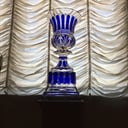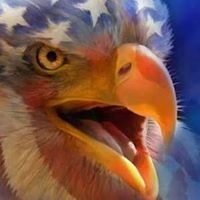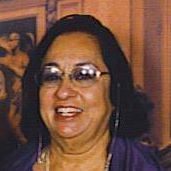In flower arranging, what is the holder of flower stems called?
Although flower frogs reached their heyday in the United States in the mid-twenties and thirties during the flapper era, they can be traced back to the 16th century in Europe where it was customary for pottery and china houses to mark their pieces. Glass flower frogs were not generally marked prior to 1870-- the year it became possible to record patents and trademarks on glassware.
The oldest known record for a U.S. frog is a patent issued to S. Van Stone in 1875 for a conical shaped flower stand with concentric rings of holes stacked pyramid fashion. Another early creation is the mushroom-shaped, Mt. Washington condiment server/floral holder . A patent for this holder was issued to Andrew Snow, Jr. in 1893.
Since the turn of the century some 20 well-known glass and pottery houses have manufactured frogs in the U.S. They have ranged in shape and design from simple "rounds" to elaborate and artistic "figurals." One of the most prolific producers of glass flower frogs in the U.S. was Cambridge Glass Co., located in Cambridge, Ohio. Any round frog that says "PAT'D April 11, 1916" on the side is Cambridge. Some of the Cambridge round glass frogs have "Pat. Apl'd For" on them, and a few from the later years have "Cambridge" embossed on the side. All of the figural ladies are covered by a patent issued to A. J. Bennett on Oct. 18, 1927. Of the same era but cast in pottery are the R. G. Cowan dancing ladies with trailing scarf in hand.
More Info:
www.bullworks.net









